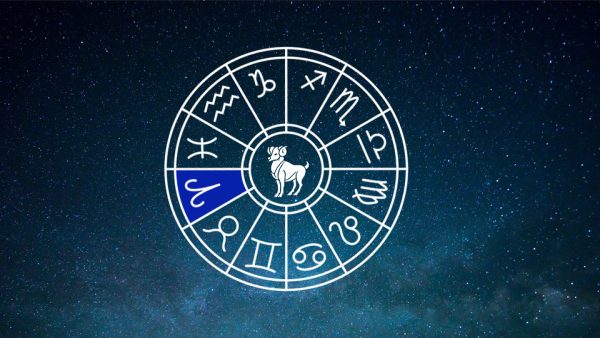Lithium and Our Future
June 14, 2019
Lithium is just a word in the minds of many. Little do these people know, this word has a big impact and purpose on today’s world. Scientists are amazed by lithium’s interesting characteristics and its unique resistance to certain things other metals aren’t able to resist.
First of all, lithium is one of the most unique metals. Its density is a whopping .5g per cubic centimeter, making it the lightest and softest metal and solid element on the periodic table. Like all alkali metals, lithium is highly reactive, flammable, and is stored in mineral oil. It’s also unique for its boiling and melting point, being it’s got one of the lowest boiling points and one of the highest melting points. You could literally cut through lithium as if its styrofoam. It also is highly reactive to H2O, or water, and will burst into red flames when exposed to it.
Lithium makes up a small 0.0007% of the Earth’s crust and it’s only found in minerals and salts. These salts have the power to change the brain. Lithium salts were the first drugs approved by the Food and Drug Administration to treat mania and depression. It’s also used to treat bipolar disorder. Lithium carbonate is the compound most often sold as a pharmaceutical drug. No one knows exactly how lithium works to stabilize mood. Researchers reported in the article “Cell” in 2008 that lithium interrupts the activity of a receptor for the neurotransmitter dopamine. It also appears to plump up brain volume, according to a 2011 study in the journal Biological Psychiatry. Tons of research claims that lithium silences, or even shuts down, certain neurons in the brain and that may result to having a calming effect.
The sad twist of lithium’s story, though, is that scientists predict we have a very limited amount in the universe. They say lithium was created during the big bang, so we could find lithium in older planets and stars. The issue is actually finding the older stars and returning it back to Earth successfully. Recently, a planet was discovered with nearly 3,000 times more lithium than a normal giant stars. There has been several theories of how this is possible, but so far scientists only think it “ate” multiple other lithium filled stars and built up it’s amount gradually.
Lithium is an essential part of today’s world despite its rarity and questionable existence. Lithium is used commonly in laptops, phones, and other lightweight electronics. Caused by demand, lithiums usage in the production of electronics has increased dramatically. Lithium is also used in less lightweight batteries, such as typical batteries (i.e. A, C, D, 9 volt, etc). Lithium is also used in medications to calm down people with severe mental illnesses (and there are several predictions that the government might purposefully put lithium in the water to decrease suicide rates and mental illnesses in the future).
It’s also used in cosmetics. Lithium stearate acts as an emulsifier, keeping oils and liquids from separating in foundations, face powders, eye shadows and lipsticks. When added to face creams, a soft, greasy, lithium-bearing mineral called hectorite keeps the product smooth and spreadable.
Compared with the other alkali metals, lithium atoms are small. They are particularly the smallest in their charged state. Lithium ions expand relatively little as they get hotter, so adding some lithium carbonate to glass or ceramics can make those products stronger and less likely to shatter as temperature increases.

Lithium is also the key to a cleaner future. Lithium is used as a “replacement” for fossil fuels and used for rechargeable batteries. The future plans for more rechargeable lithium batteries rather than the wasteful batteries now, so business is booming for the researching trying to figure out the designs. Unfortunately, it’s approximated that during the year 2025, lithium will be used nearly 300% more than it is today. This number should grow even more by 2030. Though, Lithium still isn’t perfect and will still pollute, but very minimally and very slowly over time. It would do less damage than any other resource would.
Where are we going to get this resource if we have such a limited amount? The answer was right under our noses! Worldwide, there are three main sources of lithium: pegmatites, brines and clays. Most pegmatites are types of granites formed out of molten lava. Pegmatites actually used to be America’s number one source of lithium in the nearby past. Lithium is also located in the groundwater of certain oceans. One big known source is just beneath the salt flats spanning Chile, Argentina and Bolivia. Miners pump out the lithium easily and cheaply.
America has recently decided to make the research of finding materials as important as lithium more prioritized. Not only is America in a rush to find Lithium; China, the European Union and many others are also searching for the resource desperately. It is the future, after all. Lithium has become the iron sword of this century and will continue to help our future and our present be more safe and more clean.

























































